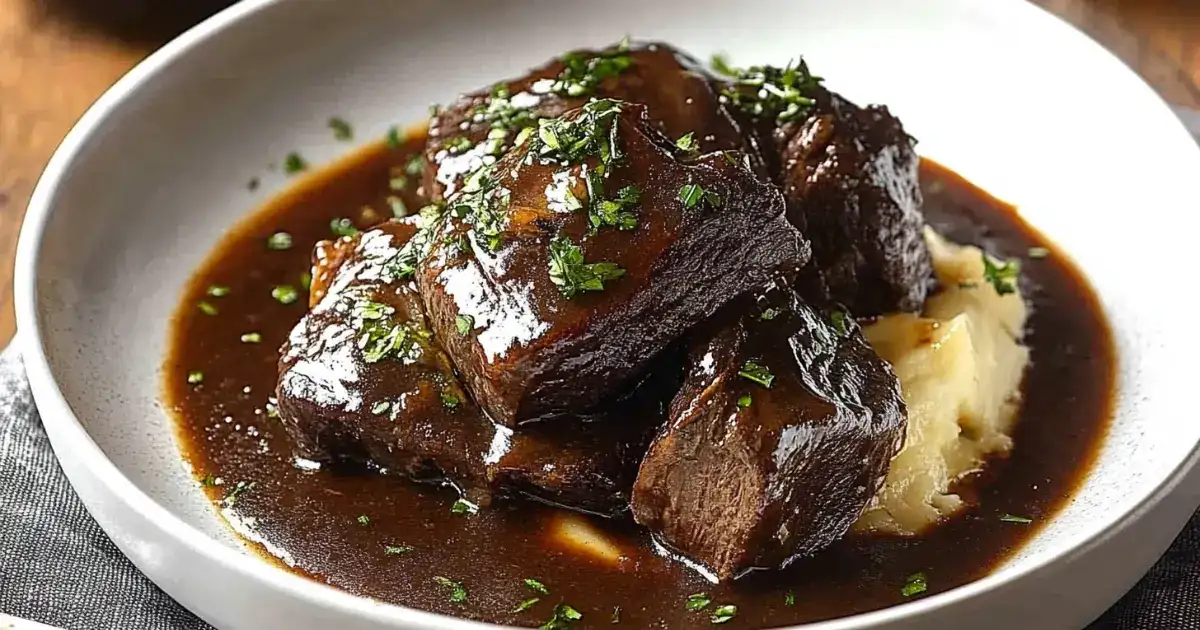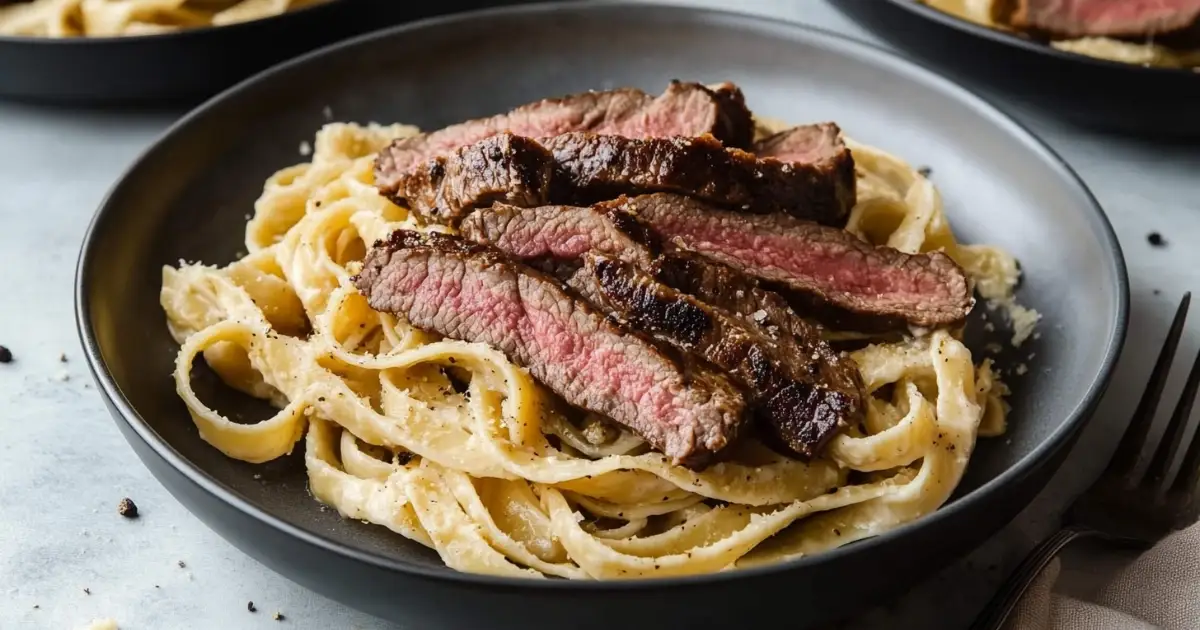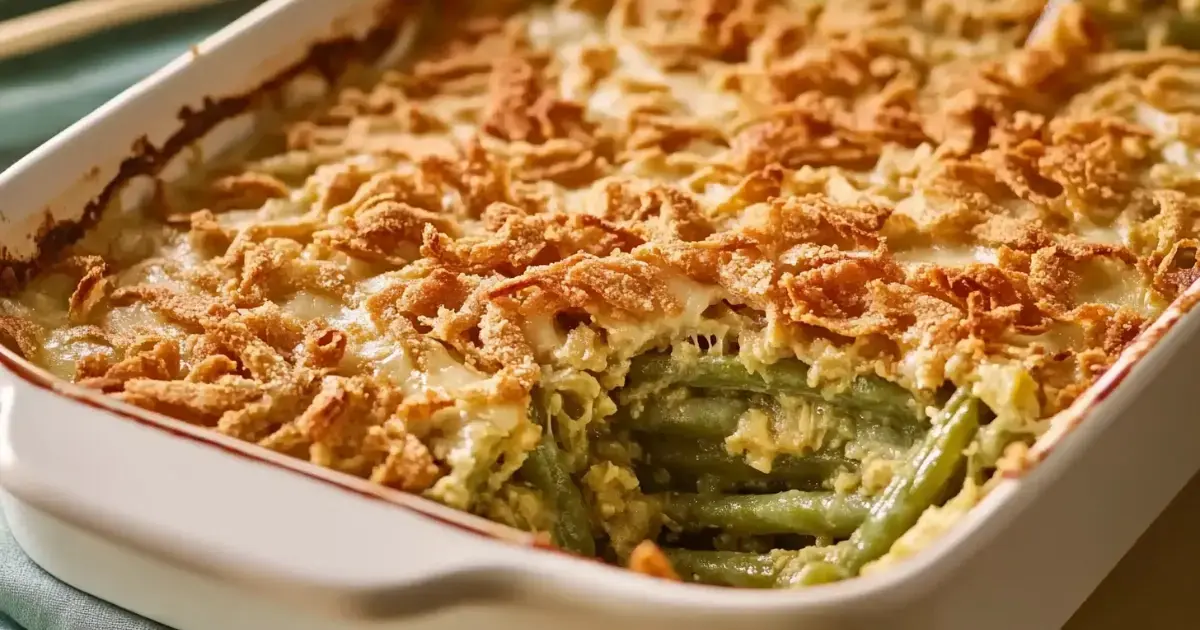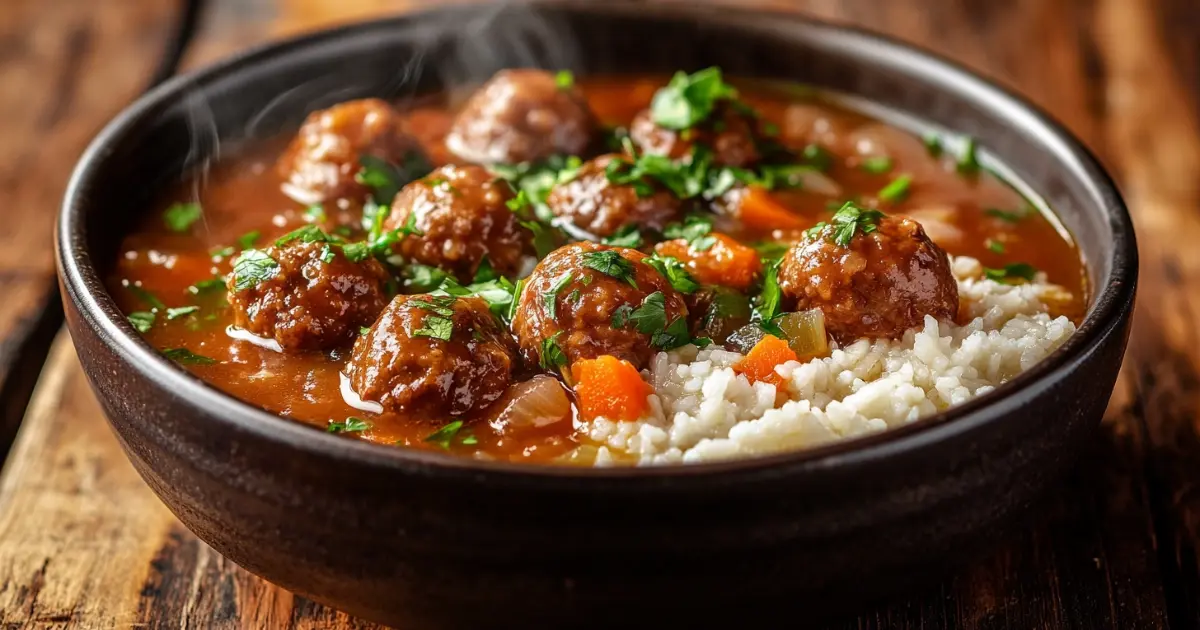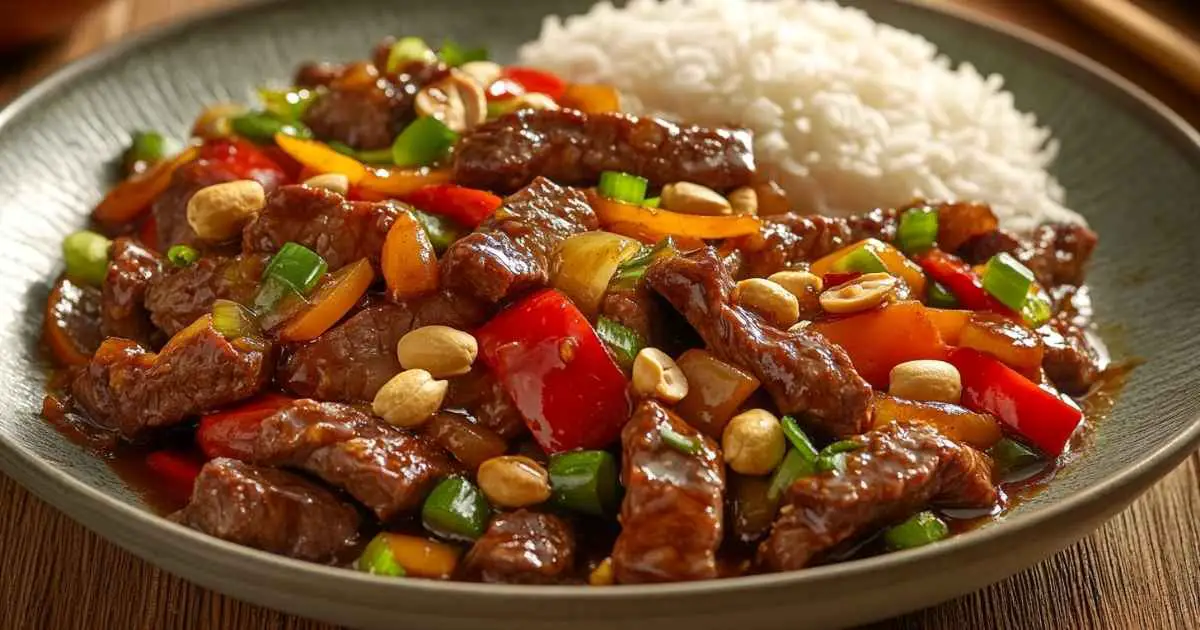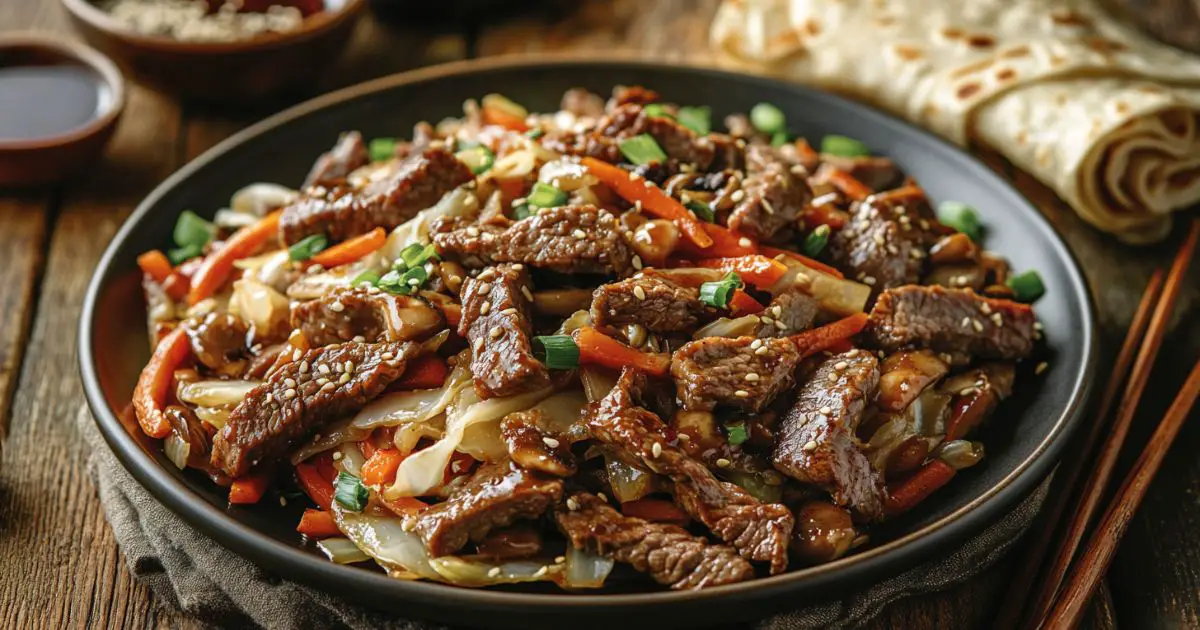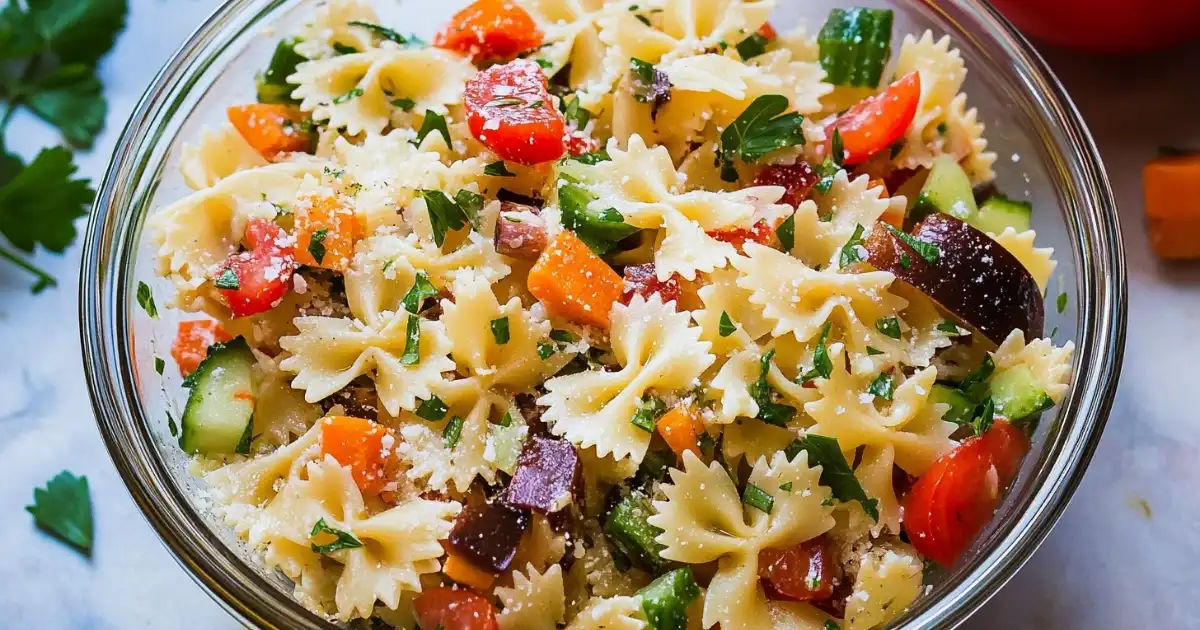Beef cheek meat is a wonderful cut that often goes unnoticed, yet it delivers a soft texture and satisfying flavor when prepared the right way. Many home cooks love how this dish transforms from a firm cut of meat into a melt-in-your-mouth experience through slow cooking.
Today, we will explore a comforting recipe that highlights the best qualities of beef cheek meat. You’ll learn why this recipe matters, how to handle the cooking process step by step, and how to store any leftovers with ease. Get ready for a cozy, homemade meal worth savoring.
Why You’ll Love This Recipe
There’s something special about beef cheek meat: it holds an impressive amount of collagen that melts when exposed to gentle heat. This recipe takes advantage of that natural richness, delivering a rewarding bite that feels tender and indulgent. You don’t need advanced skills or unusual tools—an ordinary pot or slow cooker will do the job perfectly.
Another reason to enjoy this dish is its versatility. Pair it with mashed potatoes, rice, or even a batch of roasted vegetables, and you have a balanced and inviting meal. If you have a busy schedule, you’ll appreciate that most of the cooking time is hands-off, allowing you to let the meat simmer gently while you focus on other tasks. In the end, you’re left with fall-apart beef cheek meat that warms both the body and the soul. It’s a dinner option you’ll look forward to making again and again.
Ingredients for Beef Cheek Meat
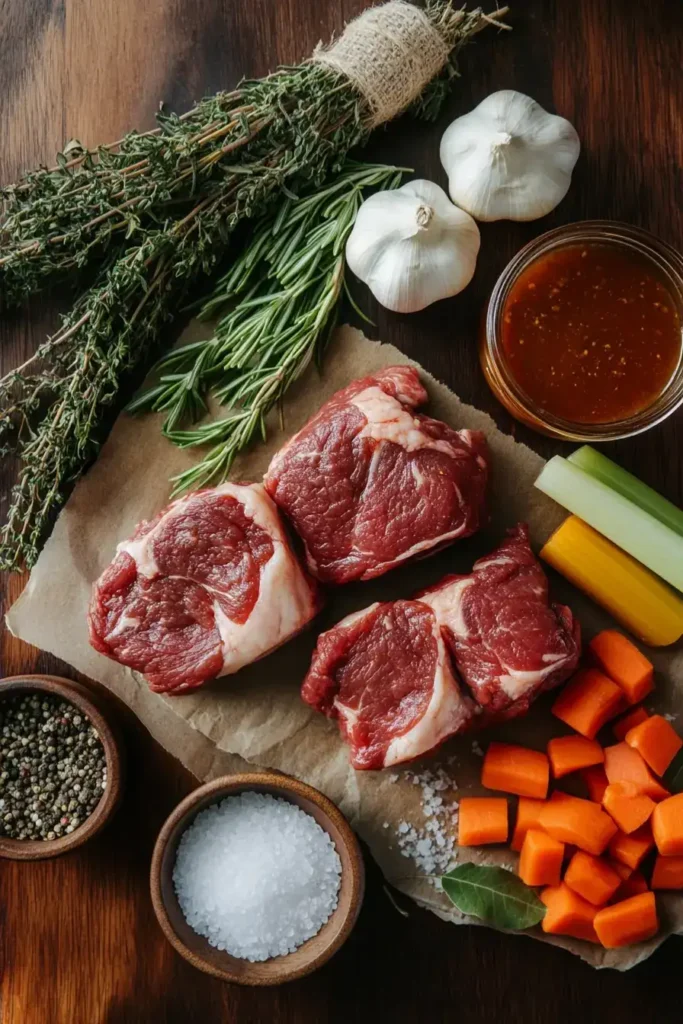
Below is a straightforward list of ingredients to guide you. Adjust the amounts based on personal taste, but these measurements form a good starting point for four to six servings.
- Beef Cheeks (2 to 3 pounds total)
- Look for trimmed cheeks if possible, though a small layer of fat can add flavor during cooking.
- Salt (1 to 2 teaspoons)
- Season to your liking. You can always add more at the end.
- Black Pepper (1 teaspoon)
- Freshly ground pepper brings more robust taste.
- Cooking Oil (2 tablespoons)
- Canola, vegetable, or your preferred neutral oil.
- Onion (1 large, chopped)
- Yellow onions are common, but white or red onions also work.
- Garlic (3 to 4 cloves, minced)
- Adds depth to the dish. You may use more or less based on your preference.
- Carrot (1 large, diced)
- Balances the richness of the beef cheek meat with a subtle sweet note.
- Celery (2 stalks, diced)
- Optional, but helpful for an aromatic base.
- Tomato Paste (1 to 2 tablespoons)
- Enhances color and adds a slight tang.
- Beef Broth or Stock (2 to 3 cups)
- Provides a flavorful liquid for the slow cooking process. You can also use vegetable stock.
- Dried Thyme or Oregano (1 teaspoon, optional)
- Adds an herby fragrance without overwhelming the dish.
- Bay Leaf (1 or 2, optional)
- Gives a subtle aromatic depth to the sauce.
- Optional Seasonings: A small pinch of chili flakes, paprika, or cumin if you want extra flair.
How to Make Beef Cheek Meat Recipe
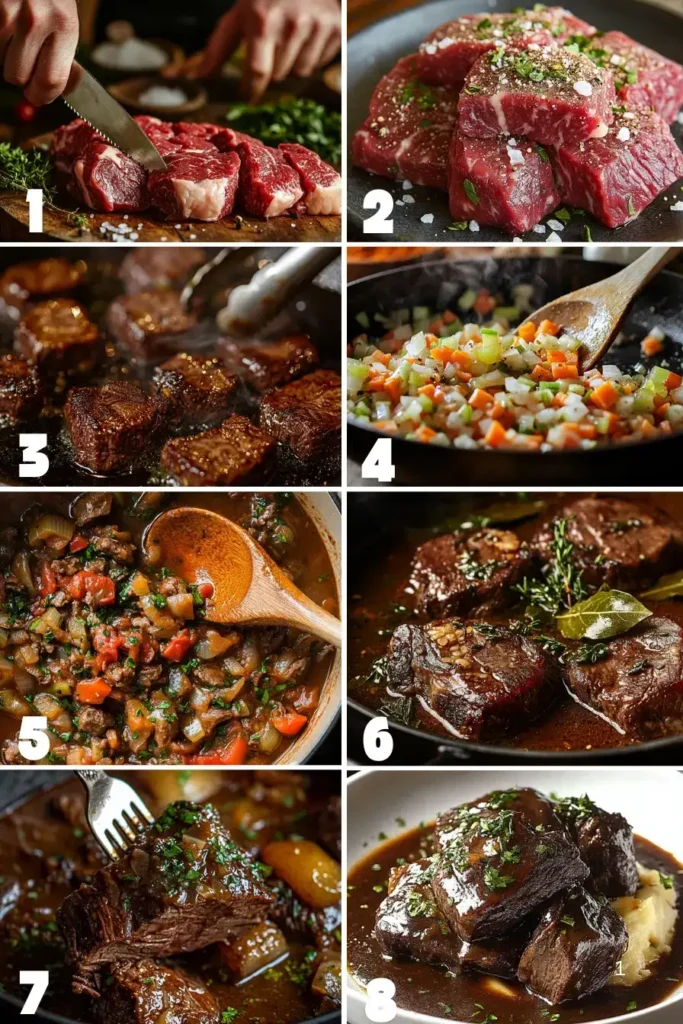
This recipe revolves around gentle heat and enough time to allow the beef cheek meat to become tender. Below is a clear, step-by-step guide:
Step 1: Prepare the Beef Cheeks
- Trim any excess fat if needed. A small amount of fat and connective tissue is fine because it adds flavor and texture once cooked.
- Pat the cheeks dry with paper towels. This simple step helps create a better sear on the meat.
Step 2: Season Generously
- Spread the beef cheeks on a large plate or tray.
- Sprinkle salt and pepper over both sides. Press gently so the seasoning adheres.
Step 3: Sear the Meat
- Warm the oil in a heavy-bottomed pot or Dutch oven over medium-high heat.
- Once the oil is hot, add the beef cheeks. Work in batches if needed, avoiding crowding the pan.
- Sear for 2 to 3 minutes per side until the surface turns brown. This browning builds flavor and helps lock in moisture.
Step 4: Sauté Aromatic Vegetables
- Transfer the seared beef cheeks to a plate. Set them aside temporarily.
- In the same pot, add onions, garlic, carrots, and celery. Adjust the heat to medium.
- Stir occasionally for 3 to 5 minutes, allowing the onions to turn translucent and the garlic to release its aroma.
- Add tomato paste and stir to coat the vegetables for an extra layer of flavor.
Step 5: Deglaze and Create the Base
- Pour in beef broth or stock gradually, scraping any browned bits from the bottom of the pot. Those bits hold a lot of savory taste.
- Mix thoroughly, ensuring all the caramelized remnants dissolve into the liquid.
- Add herbs: thyme, oregano, or bay leaf, if you’re using them.
Step 6: Simmer Gently
- Return the seared beef cheeks to the pot, nestling them into the liquid.
- Bring the mixture to a light bubble, then reduce the heat to low.
- Cover the pot with a lid, leaving a small gap for steam to escape. Let it cook gently for 2 to 3 hours, or until the meat is fork-tender.
- Tip: Check the liquid level every now and then. If it looks too dry, add a splash of broth or water to keep things moist.
Step 7: Check Tenderness
- After about 2 hours, test a piece of beef with a fork. It should be easy to separate. If it still feels firm, allow more time.
- Taste the sauce for seasoning. Add salt or pepper if needed.
Step 8: Final Touches
- Once the beef cheek meat is tender, you can optionally remove the lid for another 15 minutes to let the sauce thicken. This step gives you a thicker, richer gravy.
- Stir gently so the meat stays intact. Overmixing can cause the cheeks to break apart completely (though they’ll still taste great).
Alternative Cooking Methods
Slow Cooker Approach
- Brown the beef cheeks in a skillet on the stovetop. Then transfer them to a slow cooker.
- Sauté the vegetables (onions, garlic, carrots, celery) in the same pan, then add them to the cooker.
- Pour in your broth and seasonings.
- Set the slow cooker on low and let it work for 7 to 8 hours, or until the meat is tender enough to pull apart with minimal effort.
Pressure Cooker
- Sear the beef cheeks using the sauté function in the pressure cooker.
- Add onions, garlic, and other ingredients.
- Lock the lid and cook at high pressure for 40 to 50 minutes, followed by a natural release.
- Check the meat. If it’s not tender enough, give it an extra 5 to 10 minutes under pressure.
Both of these approaches yield fantastic results, though cooking in a pot on the stovetop lets you monitor the flavor profile more easily and adjust seasonings as you go.
Serving and Storage Tips
Serving Suggestions
- Mashed Potatoes: The creamy texture balances the richness of the slow-cooked beef cheek meat.
- Steamed Rice: A plain starch that soaks up the flavorful gravy.
- Crusty Bread: Ideal for scooping up the sauce.
- Roasted Vegetables: Carrots, zucchini, or parsnips bring extra color and variety to your plate.
If you want an appealing presentation, place the beef cheeks on a bed of mashed potatoes, drizzle some of the sauce on top, and garnish with fresh herbs such as chopped parsley.
Storage
- Cool Down: Let your beef cheek meat rest at room temperature for about 20 to 30 minutes before transferring it to a container.
- Refrigeration: Store in an airtight container for up to 3 days. Ensure the beef is fully covered in sauce to prevent dryness.
- Freezing: For longer storage, freeze the meat (with sauce) for up to 3 months. Label the container with the date to keep track.
FoodSafety.gov Cold Food Storage Chart: This chart offers detailed recommendations for storing various foods in the refrigerator and freezer to maintain safety and quality.
Reheating
- Stovetop: Place the leftover meat and sauce in a small pot. Heat on medium-low, stirring occasionally until warmed through.
- Microwave: Warm in short intervals, stirring in between to disperse the heat evenly.
- Add Broth: If the sauce has thickened too much, mix in a small amount of water or stock to restore its original consistency.
Helpful Notes
- Adjusting Flavor: If you prefer a stronger savory taste, add a bit more salt, pepper, or a dash of chili flakes. If you like a sweet note, consider adding a bit of diced bell pepper or a small spoonful of honey toward the end.
- Healthy Variations: Substituting celery for zucchini or bell peppers changes the flavor profile in a simple way, and it’s a good idea if you’re looking to reduce sodium or add color.
- Thickness of Sauce: If you end up with a thin sauce, remove the pot lid and cook on low heat for another 15 to 20 minutes. This helps the liquid evaporate and yields a concentrated gravy.
- Personalizing the Spices: Feel free to experiment with cumin, paprika, or dried rosemary. This dish can handle a wide range of seasonings without losing its core identity.
- Make-Ahead Option: Some people find that beef cheek meat tastes even better the next day. Allow the flavors to meld overnight in the fridge, then reheat gently.
- Equipment: A cast-iron Dutch oven is ideal for stovetop cooking, but a regular pot with a tight-fitting lid works too. If you prefer the slow cooker, remember that you still need to sear the cheeks in a separate pan for the best texture.
Conclusion
Beef cheek meat truly shines in recipes that emphasize its natural potential for tenderness and rich flavor. By following this slow-and-steady cooking process, you unlock the hidden qualities of a cut that might not be on every grocery list but deserves more attention. From comforting mashed potatoes to hearty rice bowls, there are plenty of ways to serve your slow-cooked beef cheeks in style.
If you enjoy recipes that combine convenience with mouthwatering results, this one belongs in your rotation. Your feedback can inspire other readers to try it too, so feel free to share your experience in the comments. Spread the word on social media, and let others discover the welcoming taste and aroma of perfectly cooked beef cheek meat.
____________________________________
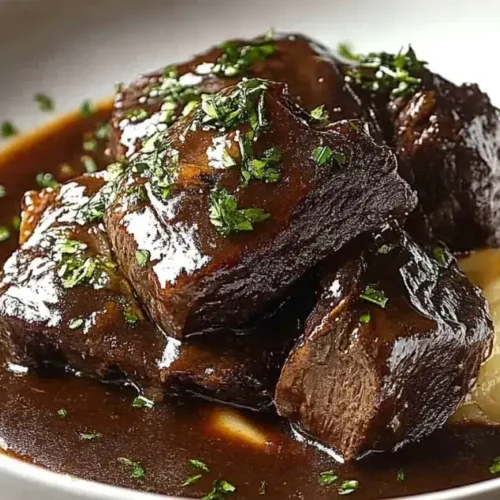
Beef Cheek Meat Recipe
Ingredients
- Beef Cheeks: 2 to 3 pounds trimmed (a small layer of fat can add flavor).
- Salt: 1 to 2 teaspoons to taste.
- Black Pepper: 1 teaspoon freshly ground.
- Cooking Oil: 2 tablespoons (canola, vegetable, or preferred neutral oil.)
- Onion: 1 large chopped.
- Garlic: 3 to 4 cloves minced.
- Carrot: 1 large diced.
- Celery: 2 stalks diced (optional).
- Tomato Paste: 1 to 2 tablespoons.
- Beef Broth or Stock: 2 to 3 cups.
- Dried Thyme or Oregano: 1 teaspoon (optional.)
- Bay Leaf: 1 or 2 (optional.)
- Optional Seasonings: A pinch of chili flakes paprika, or cumin for extra flavor.
Instructions
Step 1: Prepare the Beef Cheeks:
- Trim excess fat, leaving some for flavor.
- Pat dry with paper towels.
Step 2: Season:
- Place beef cheeks on a plate.
- Sprinkle with salt and pepper on both sides; press gently to adhere.
Step 3: Sear the Meat:
- Heat oil in a heavy-bottomed pot or Dutch oven over medium-high heat.
- Add beef cheeks without crowding; sear 2-3 minutes per side until browned.
- Transfer to a plate.
Step 4: Sauté Vegetables:
- In the same pot, add chopped onion, minced garlic, diced carrot, and celery (if using).
- Reduce heat to medium; cook 3-5 minutes until onions are translucent.
- Stir in tomato paste to coat vegetables.
Step 5: Deglaze and Create Base:
- Pour in beef broth gradually, scraping browned bits from the pot’s bottom.
- Mix thoroughly.
- Add dried herbs and bay leaf (if using).
Step 6: Simmer:
- Return beef cheeks to the pot, submerging in liquid.
- Bring to a gentle boil; reduce heat to low.
- Cover partially; cook 2-3 hours until meat is fork-tender.
- Check occasionally; add broth or water if needed.
Step 7: Check Tenderness:
- After 2 hours, test meat with a fork; it should be tender.
- Adjust seasoning as needed.
Step 8: Final Touches:
- For a thicker sauce, remove lid for the last 15 minutes of cooking.
- Stir gently to keep meat intact.
Alternative Cooking Methods:
- Slow Cooker:– Sear beef cheeks in a skillet; transfer to slow cooker.– Sauté vegetables; add to slow cooker.– Add broth and seasonings.– Cook on low for 7-8 hours until tender.
- Pressure Cooker:– Sear beef cheeks using sauté function.– Add vegetables and other ingredients.– Cook at high pressure for 40-50 minutes; allow natural release.– Check tenderness; cook additional 5-10 minutes if needed.
Video
Notes
- Calories: 450 kcal
- Protein: 38g
- Fat: 28g
- Carbohydrates: 8g
- Fiber: 1g
- Sugar: 2g
- Cholesterol: 120mg
- Sodium: 750mg
Explore More Delicious Recipes
If you enjoyed diving into the Beef Cheek Meat Recipe, why not explore more delightful dishes from our collection? Here are some must-try recipes to elevate your cooking adventures:
- Porcupine Soup Recipe
- Kung Pao Beef Recipe
- Moo Shu Beef Recipe
- Ritz Cracker Chicken Casserole
- Creamy Garlic Parmesan Chicken Recipe
Explore these recipes today to bring more exciting flavors to your table and make every meal memorable!
FAQs
1. What is beef cheek meat?
Beef cheek meat comes from the facial muscles of the cow, specifically around the jaw area. This cut contains a high amount of connective tissue and collagen, which becomes tender when cooked slowly. Many chefs and home cooks consider beef cheeks a flavorful option for braising, stewing, or slow-cooking methods that break down the muscle fibers to yield a melt-in-your-mouth texture. Because of its rich taste and unique tenderness, it has gained popularity in various cuisines worldwide.
2. Is beef cheek meat tough?
Beef cheek meat can feel tough at first because it’s an active muscle that develops strong fibers over the animal’s lifetime. However, long, low-temperature cooking methods—such as braising or slow-cooking—help break down the collagen, transforming the meat into a fork-tender delicacy. When prepared properly, beef cheeks are remarkably soft, with a hearty flavor that many food enthusiasts crave.
3. Why is beef cheek so expensive?
Beef cheek may appear more expensive than other cuts because it’s considered a specialty item and often sourced in smaller quantities. It’s not as widely produced or distributed as more common cuts like ribeye or chuck roast. Moreover, many restaurants feature beef cheek on their menus due to its rich flavor and tender texture, increasing demand among culinary professionals. This combination of limited supply and growing demand can drive up the price in some markets.
4. What are beef cheeks called in the UK?
In the United Kingdom, beef cheeks are sometimes referred to as “ox cheeks.” This term stems from traditional British butchery practices and old-fashioned recipe naming conventions. Regardless of the label, the cooking methods and flavor profile remain consistent, focusing on long, slow braises that bring out the naturally rich taste and succulent texture of this versatile cut.
5. Is beef cheek good to eat?
Absolutely. Beef cheek is prized for its depth of flavor and buttery tenderness when cooked correctly. Its collagen-rich composition delivers a unique texture that many diners find comforting and satisfying. Whether braised with vegetables or simmered in a stew, beef cheek can become a luxurious, restaurant-quality meal right in your own kitchen.
6. Is beef cheek a cheap cut of meat?
While beef cheeks have traditionally been considered a more affordable cut, they can sometimes cost more than expected due to their growing popularity and limited availability. In certain regions, you might find beef cheek (or ox cheek) at a lower price than prime cuts like ribeye or tenderloin. However, the market can vary widely. If you’re on a budget, checking local butcher shops or sourcing from specialty meat suppliers can help you find better deals.

